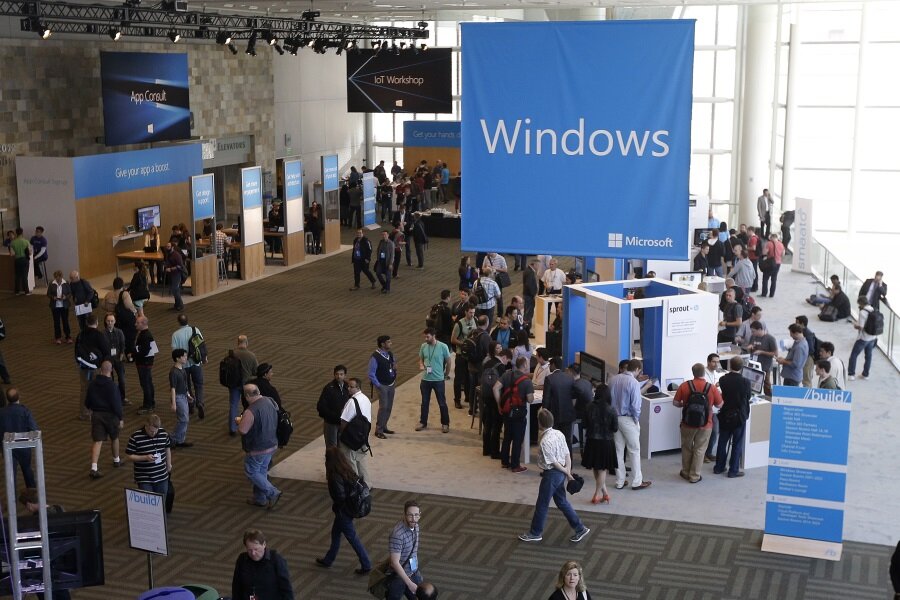Windows 10 is 'the last version of Windows.' What does that mean?
Loading...
When Microsoft released Windows 8.1 in 2013, the company was already looking ahead to Windows 10. But as Microsoft prepares to release Windows 10 this summer, it is not secretly beginning work on the successor operating system, Microsoft developer evangelist Jerry Nixon said at the Microsoft Ignite conference this week.
“Windows 10 is the last version of Windows, we’re all still working on Windows 10,” he told the crowd.
That doesn’t mean Microsoft won’t offer operating system updates in the future. Instead, it means the company is moving away from large, whole-numbered Windows releases and toward small, regular updates to the operating system. Think of it as “Windows as a service.”
Evidence of this approach is available in the way Windows 10 is built. System components can be updated independently, so Microsoft can keep them cutting-edge without having to push out an update to the entire operating system. The Calendar and Mail apps in the Windows 10 Technical Preview builds have been getting regular updates to add features and fix bugs ahead of the official OS release this summer, and Mr. Nixon says, Microsoft will follow that “small but often” approach to updating from now on.
This move benefits Microsoft by helping to end the fragmentation currently plaguing the Windows world. For a few months in late 2013 and early 2014, Microsoft was actively supporting five different operating systems: Windows XP, Windows Vista, Windows 7, Windows 8, and Windows 8.1. Even today, a substantial number of the PCs out there are running 13-year-old Windows XP. That’s because many people didn’t see a reason to pay money to upgrade to a new operating system when it comes out – why pay $100 or more when the OS that came with the computer still works?
Microsoft aims to change the situation with Windows 10. Since anyone currently running Windows 7, Windows 8, or Windows 8.1 will be able to upgrade for free, Windows 10 should see substantial adoption right out of the gate. And once those users have Windows 10, Microsoft says, they’ll receive regular software updates for as long as their computer, tablet, or phone lasts. The number of PCs running legacy versions of Windows will dwindle, allowing Microsoft to stop supporting that software and developers to stop worrying about supporting old Windows builds.
Microsoft will still make money on Windows 10, since each new PC bought or built will need an operating system. But the company is forfeiting its revenue from license upgrades in favor of a consolidated approach that will allow it to spend less time supporting legacy software.
“Recent comments at Ignite about Windows 10 are reflective of the way Windows will be delivered as a service bringing new innovations and updates in an ongoing manner, with continuous value for our consumer and business customers,” a Microsoft spokesperson told tech site The Verge in response to Nixon’s explanation. In a few years, we might get to the point where the operating system version number doesn’t matter much – people will just be running “Windows,” receiving regular updates without having to worry about paid upgrades.






